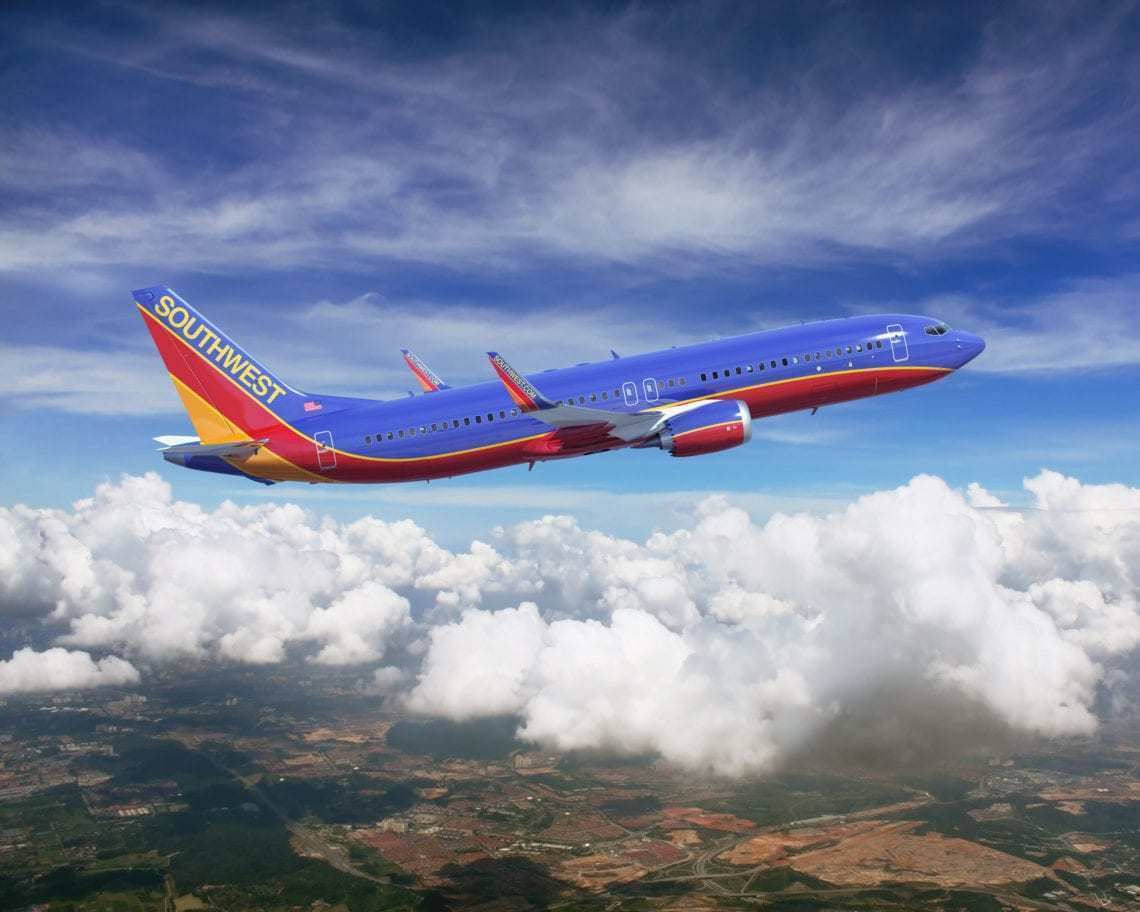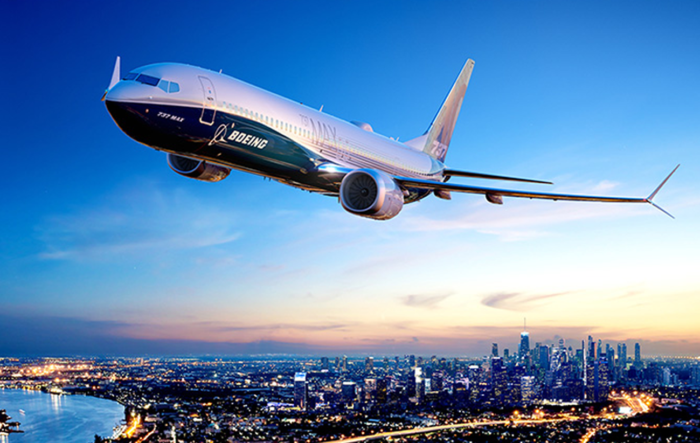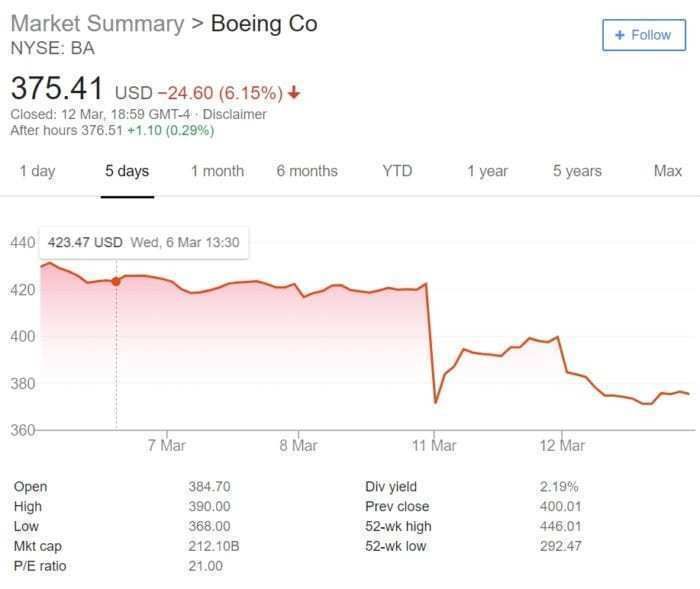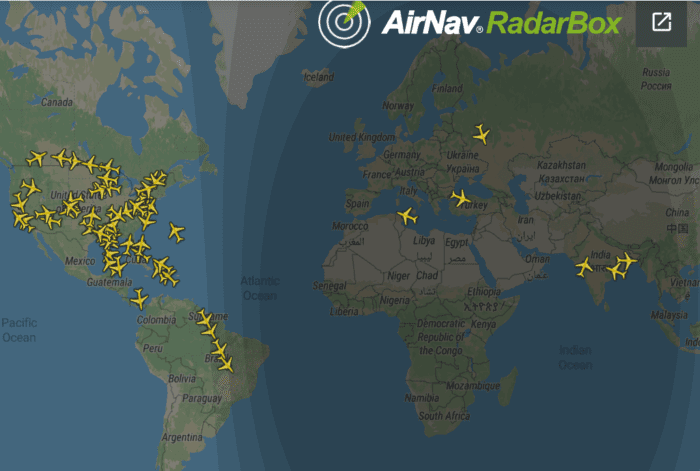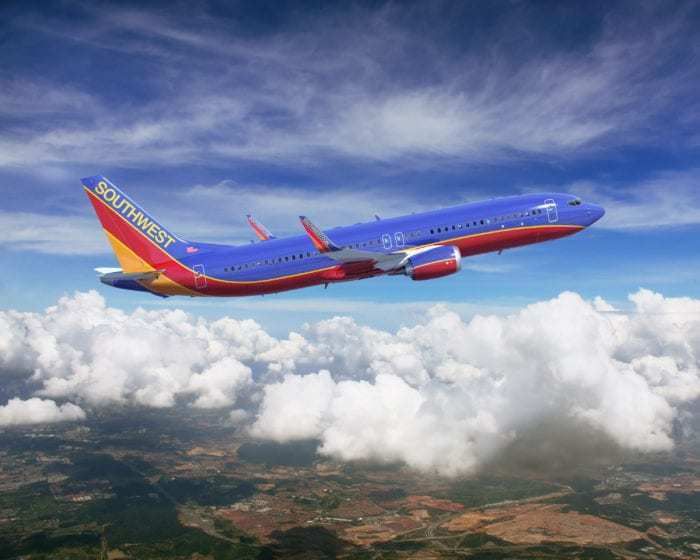Following the deadly Ethiopian Airways crash at the weekend, nations all over the world have begun to issue a Boeing 737 MAX ban in their airspace. Over the course of today, the 737 MAX ban has spread almost worldwide, as airlines, governments and aviation authorities err on the side of caution until the safety of the aircraft can be proven.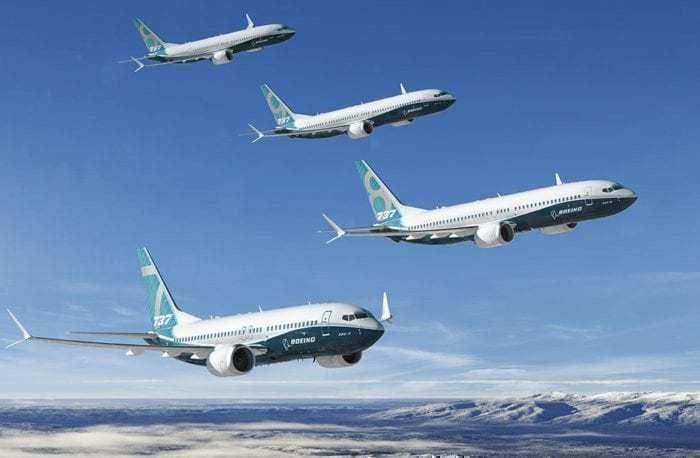 When Simple Flying reported yesterday that some airlines were suspending use of the 737 MAX, just a handful of carriers were affected. At the time, we even received statements from numerous operators of the aircraft assuring us of their confidence in the safety of this model.However, just 24 hours later and it’s a very different story. Over the course of today, airline after airline has announced it is grounding the 737 MAX. Then it became national, as entire countries began to ban the use of the MAX in their airspace.China were the first to ban the 737 MAX, taking action yesterday to ensure the safety of travelers in its airspace. Indonesia, Singapore, Malaysia, Australia, Oman and Ireland soon followed suit, along with the United Kingdom. Then came France, Germany, Iceland, Italy and the Netherlands, until finally the EASA announced it would suspend all 737 MAX operations across the entire European continent.Their statement was clear:
When Simple Flying reported yesterday that some airlines were suspending use of the 737 MAX, just a handful of carriers were affected. At the time, we even received statements from numerous operators of the aircraft assuring us of their confidence in the safety of this model.However, just 24 hours later and it’s a very different story. Over the course of today, airline after airline has announced it is grounding the 737 MAX. Then it became national, as entire countries began to ban the use of the MAX in their airspace.China were the first to ban the 737 MAX, taking action yesterday to ensure the safety of travelers in its airspace. Indonesia, Singapore, Malaysia, Australia, Oman and Ireland soon followed suit, along with the United Kingdom. Then came France, Germany, Iceland, Italy and the Netherlands, until finally the EASA announced it would suspend all 737 MAX operations across the entire European continent.Their statement was clear:
“As a precautionary measure, EASA has published today an Airworthiness Directive, effective as of 19:00 UTC, suspending all flight operations of all Boeing Model 737-8 MAX and 737-9 MAX airplanes in Europe. In addition, EASA has published a Safety Directive, effective as of 19:00 UTC, suspending all commercial flights performed by third-country operators into, within or out of the EU of the above mentioned models.â€
Following on from this, India, the UAE and Kuwait went ahead and issued a 737 MAX ban. Individual carriers have also banned the MAX, including Norwegian, Turkish Airlines, Aeromexico, Aerolineas Argentinas, Comair, Eastar Jet, GOL and Cayman Airways.
Despite almost the entire world deciding to take matters into their own hands, both Boeing and the FAA refuse to admit there could be a problem, consistently reiterating the safety of the ill-fated aircraft.
Why won’t Boeing order a grounding?
Initially, Boeing probably baulked at the potential losses they would incur by taking such a popular model out of service. Analysts estimate a grounding of three months would cost the manufacturer in the region of $1bn up to $5bn. But it’s not like Boeing couldn’t afford it; last year their revenue was in excess of $100bn, with a $10.6bn profit margin.
If the worldwide grounding was an order from Boeing, the manufacturer would be seen to be taking control of the situation. Their reluctance to admit that there may be an issue with the aircraft has left nations and carriers to take matters into their own hands, a state of affairs that is doing more harm to Boeing’s reputation than a cautious temporary grounding would ever have done.
Both Boeing and the FAA seem to be willing to do almost anything to save face. The right time to order a grounding would have been immediately following the Ethiopian Airlines crash. Instead, both the manufacturer and the regulator insisted the aircraft was safe to fly, and now it seems it’s gone so far that they cannot back down without looking stupid.
Meanwhile around 100 737 MAX jets continue to crisscross the skies above North America. Operators still flying the jet include WestJet, Air Canada, Southwest Airlines, American Airlines and United.
Boeing still maintain that the aircraft is safe, and until the results of the ‘black box’ investigation are concluded, there’s nothing to say it’s not. However, they have also scheduled in an emergency software upgrade by April, which they say is to ‘make a safe plane even safer’.
Boeing’s stock has fallen 11% since the accident at the weekend.
Growing pressure on the FAA
With such widespread action on the 737 MAX ban, the FAA is under increasing pressure to take action in the US. US Senators are calling on the FAA to ground the 737 MAX 8 and 9 until the safe operation is unequivocally confirmed.
Senator Elizabeth Warren of Massachusetts released a similar statement calling upon the FAA to ground the jet.
“The world has now witnessed the second tragic crash of one of these planes in less than six months. While we do not know the causes of these crashes, serious questions have been raised about whether these planes were pressed into service without additional pilot training in order to save money. Today, immediately, the F.A.A. needs to get these planes out of the sky.â€
Democratic Senator Richard Blumenthal, a member of the Senate Committee on Commerce, Science and Transportation, also commented on the lack of action by the FAA, saying:
“My fear is that the FAA is simply trying to save face and avoid acknowledging the safety defect that they failed to find when they certified the plane’s safety,â€
However, despite these efforts, Mr. Trump remains confident that there is no need for action by the FAA at this stage. Boeing’s CEO, Dennis Muilenburg, spoke with the President earlier today to reassure him that the 737 MAX aircraft is safe.
At the time of writing, there is no indication that the FAA are planning to do anything at all to stop the 737 MAX from flying.
Why aren’t US carriers voluntarily grounding the 737 MAX?
Despite the lack of an FAA directive (or a Boeing issued notice) demanding compulsory grounding, it would seem to make sense to take these aircraft out of service, at least for the time being. However, all North American operators seem to be sticking to the letter of the FAA guidance and refusing to take these aircraft out of service.
The 737 MAX is a new enough aircraft that it doesn’t make up a significant portion of these operator’s fleets, for most it’s less than 5% of their overall capacity (for American it’s less than 1%). Although some flight disruption would be likely if these planes were taken offline, undoubtedly passengers and airline staff would be understanding and even grateful that action has been taken.
The real problem is that, until all air crash investigations have been completed, there will be no telling if Boeing’s software fix is enough to restore safety in these aircraft. Some analysts have accused airlines and authorities of grounding ‘based on sentiment’, leaving very little room for Boeing or the FAA to justify putting them back in the skies. Ever.
With investigations likely to take months, at a minimum, airlines are faced with the prospect of grounding the 737 MAX indefinitely, and that’s not a decision they’ll want to take lightly. Undoubtedly US carriers are under immense pressure from the FAA to continue flying the jet, in order to support their home grown manufacturer as well as their aviation authority.
Trouble is, all the while they’re playing with fire, and with real people’s lives.

